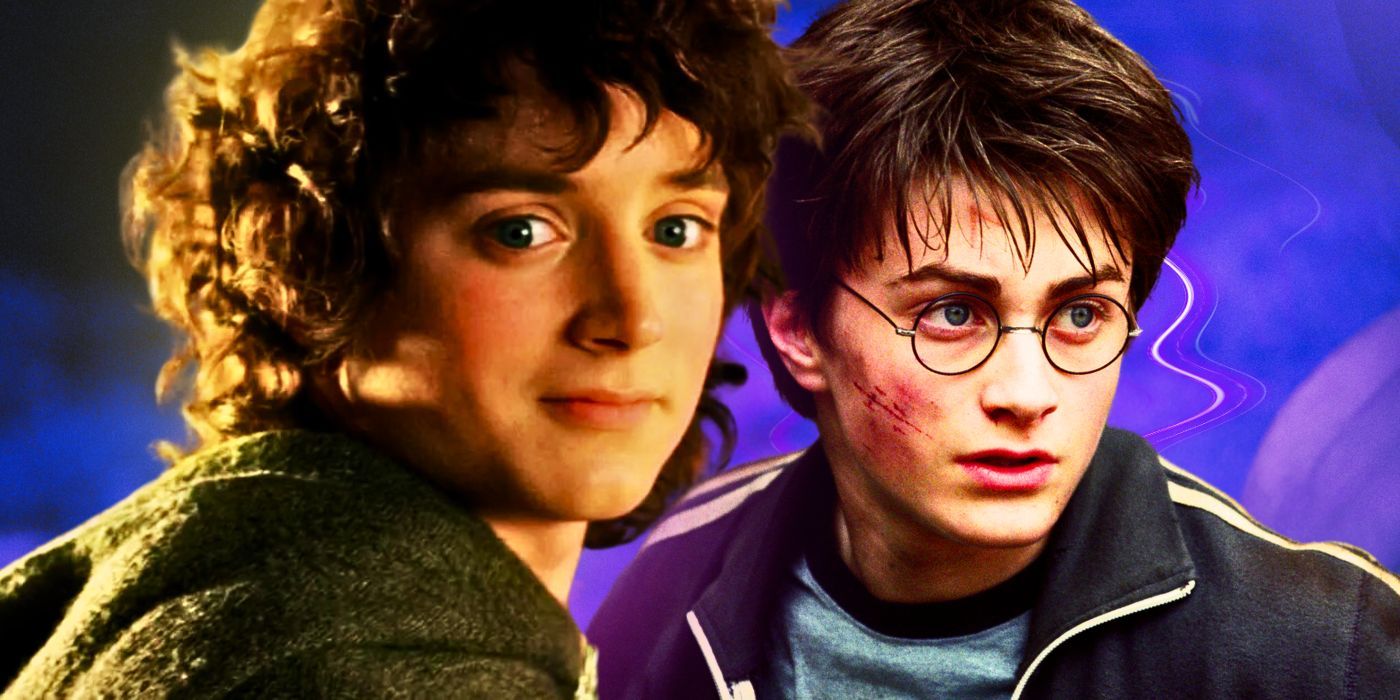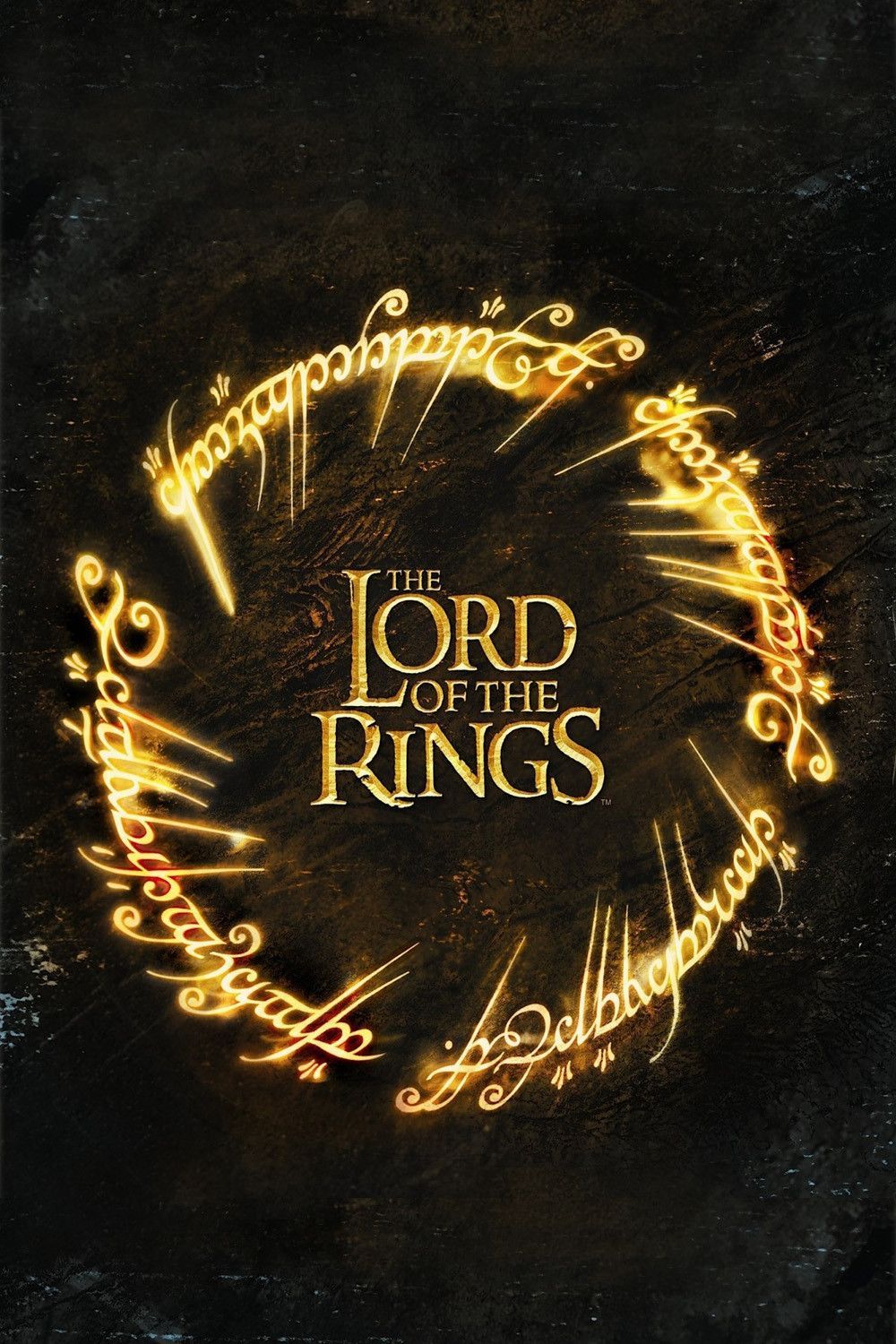
Why The Lord Of The Rings Books Were Banned
J.R.R. Tolkien’s The Lord of the Rings books are beloved classics, but that hasn’t stopped them from being frequently forbidden from public shelves. The American Library Association includes these fantasy epics on its Banned and Challenged Classics list, which outlines titles that have been the topic of controversy, barred from use in public schools, or even burned in the years since their release. In many cases, such as The Lord of the Rings, this is a terrible injustice.
Tolkien’s Lord of the Rings is a heartwarming and inspiring tale in which the most unlikely hero triumphs over evil. It’s packed fuck of themes of love and hope, as well as the trials of overcoming temptation and the heroics of self-sacrifice. Lord of the Rings has often been compared to various religious works, especially the Christian Bible, given the common themes from one to the other. Despite this, The Lord of the Rings hasn’t always been easy for all groups to get hold of.
The Lord Of The Rings Books Were Banned For Being “Satanic”
Books Containing Dark Magic Are Often Challenged
The American Library Association lists The Lord of the Rings as a banned or challenged book because the series, as well as other works from Tolkien, were deemed “Satanic” and burned outside the Christ Community Church in Alamogordo, New Mexico, in 2001. Precisely why they were given this status is unclear, but it likely comes down to the story’s use of magic and general supernatural elements. This tends to be the trend when it comes to banned fantasy titles since many major series within the genre depict evil and good forces alike using magic and spells.
The Lord Of The Rings Is Not The Only Beloved Fantasy Series To Be Banned
The Fantasy Genre Is Often Controversial
Tolkien is often called the grandfather of fantasy. So, if his books were banned, it’s no surprise that more within the genre were challenged also. J.K. Rowling’s Harry Potter books remained firmly on the ALA’s top 10 most banned books lists for several years running in the early 2000s. Similar reasons, such as “occult/Satanism” and even “anti-family,” were cited as the reasons. C.S. Lewis’ The Chronicles of Narnia books were also banned for their use of magic and portrayals of war.
The Golden Compass, Ender’s Game, and The Giver have also been banned—all classics but all accused of misguiding readers in the way of witchcraft or general morality.
More recently, Sarah J. Maas’ A Court of Thorns and Roses books have been added to the Banned or Challenged list, thanks to those general fantasy themes and sexually explicit content. The Golden Compass, Ender’s Game, and The Giver have also been banned—all classics but all accused of misguiding readers in the way of witchcraft or general morality. So, while it’s difficult to imagine anyone burning Tolkien’s Lord of the Rings books today, it’s clear when looking at the fantasy genre that this is an ongoing trend.


